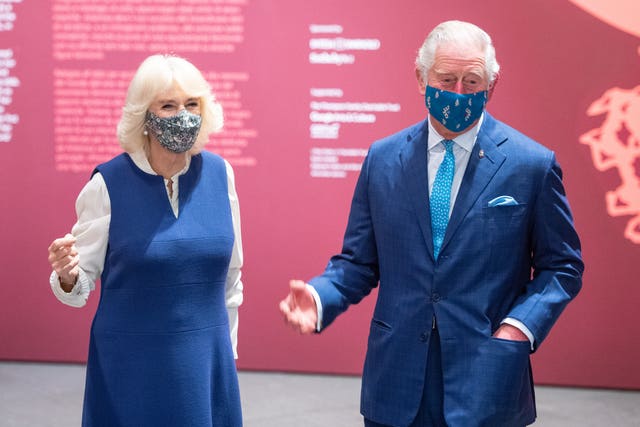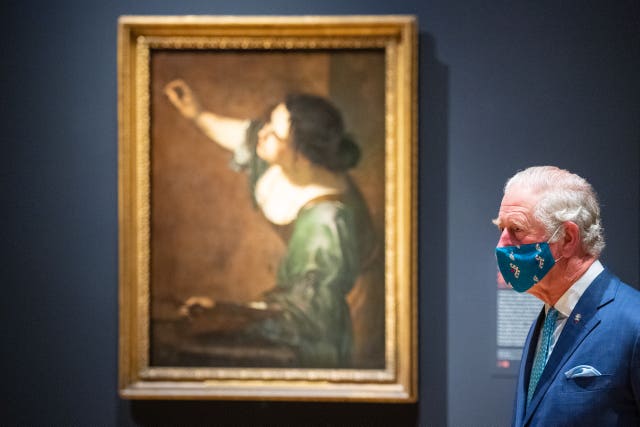
The Prince of Wales and Duchess of Cornwall have arrived at the National Gallery for their first official public engagement since the second lockdown in England ended.
Charles and Camilla’s visit to the popular central London attraction showed their support for tourism and the art institution during the pandemic crisis.
The heir to the throne is patron of the National Gallery and he toured two exhibitions with his wife, the first showcasing the work of 17th century Italian female painter Artemisia Gentileschi and the second paintings by Titian, the Italian Renaissance old master.


The duchess visited the National Gallery in July this year, when it reopened following the first lockdown, and was pictured wearing a face mask for the first time as she met staff involved in the institution’s Covid-19 response and reopening.
The couple were greeted by the National Gallery’s director, Gabriele Finaldi, when they arrived and were then taken on a tour of the two exhibition.
The Gentileschi exhibition featured the gallery’s recent acquisition by the artist, Self Portrait as Saint Catherine of Alexandria.


They were also guided around the Titian exhibition which has seen the institution bring together the old master’s epic series of large-scale mythological paintings, known as the Poesie.
The paintings depict stories from Classical mythology, primarily drawn from the Roman poet Ovid’s Metamorphoses.


Comments: Our rules
We want our comments to be a lively and valuable part of our community - a place where readers can debate and engage with the most important local issues. The ability to comment on our stories is a privilege, not a right, however, and that privilege may be withdrawn if it is abused or misused.
Please report any comments that break our rules.
Read the rules here